Maori Gable Mask Ornament, Rotarua, New Zealandkoruru Wood with dark brown patina, paua shell Height 17in (43.2cm) Provenance Sotheby's, London, 3 July 1978, Lot 286 California Private Collection Important Private Collection, acquired from the above by the present owner Published Mack, Charles W., Polynesian Art at Auction 1965-1980, Mack-Nasser Publishing, 1982, p. 93 "Maori raised storehouses, dwelling houses and meeting houses were built to a regular structural plan with standard wooden building components, readily identifiable as to their location in the structure. At the front, the ridgepole, roof and sides projected to create an open porch. Bargeboards supported on frontal side posts met the ridgepole at the apex. Side posts supported the rafters reaching up to the ridgepole. For dwelling and meeting houses, the ridgepole was supported at front and rear by solid posts set into the ground. Raised storehouses followed the regular plan, except that they stood on horizontal beams across the piles. [. . .] [. . .] There has been much debate about the antiquity of the fully carved meeting house. Archaeological remains and early European reports confirm their rare early presence, but these may have been superior chief's houses. Historical records of the mid-nineteenth century document the increasing size and elaboration of the village meeting houses, which reach their full development in the 1880s, when large fully carved houses served the roles of community meeting houses and religious venues. [. . .] [. . .] Carved storehouses reach further back into antiquity, and in many cases were the most prominent building in a village. Before the development of the meeting house, storehouses and their war canoe were the main focus of tribal group pride. Many carved storehouse components carved with stone tools have been recovered from the swamps of the western areas, where they were hidden from northern musket-armed raiders. Model carved houses and storehouses became popular gifts to regal and viceregal visitors in the late nineteenth and early twentieth centuries, and were commissioned from famous carvers, especially in the Rotorua and Wellington regions, by those tribal groups eager to assure their visitors of their loyalty to the British crown. Later, war canoe models also served the same purpose." (Starzecka, Dorota (Ed.), The Maori Collections of the British Museum, The British Museum Press, London, 2010, p. 33)
Maori Gable Mask Ornament, Rotarua, New Zealandkoruru Wood with dark brown patina, paua shell Height 17in (43.2cm) Provenance Sotheby's, London, 3 July 1978, Lot 286 California Private Collection Important Private Collection, acquired from the above by the present owner Published Mack, Charles W., Polynesian Art at Auction 1965-1980, Mack-Nasser Publishing, 1982, p. 93 "Maori raised storehouses, dwelling houses and meeting houses were built to a regular structural plan with standard wooden building components, readily identifiable as to their location in the structure. At the front, the ridgepole, roof and sides projected to create an open porch. Bargeboards supported on frontal side posts met the ridgepole at the apex. Side posts supported the rafters reaching up to the ridgepole. For dwelling and meeting houses, the ridgepole was supported at front and rear by solid posts set into the ground. Raised storehouses followed the regular plan, except that they stood on horizontal beams across the piles. [. . .] [. . .] There has been much debate about the antiquity of the fully carved meeting house. Archaeological remains and early European reports confirm their rare early presence, but these may have been superior chief's houses. Historical records of the mid-nineteenth century document the increasing size and elaboration of the village meeting houses, which reach their full development in the 1880s, when large fully carved houses served the roles of community meeting houses and religious venues. [. . .] [. . .] Carved storehouses reach further back into antiquity, and in many cases were the most prominent building in a village. Before the development of the meeting house, storehouses and their war canoe were the main focus of tribal group pride. Many carved storehouse components carved with stone tools have been recovered from the swamps of the western areas, where they were hidden from northern musket-armed raiders. Model carved houses and storehouses became popular gifts to regal and viceregal visitors in the late nineteenth and early twentieth centuries, and were commissioned from famous carvers, especially in the Rotorua and Wellington regions, by those tribal groups eager to assure their visitors of their loyalty to the British crown. Later, war canoe models also served the same purpose." (Starzecka, Dorota (Ed.), The Maori Collections of the British Museum, The British Museum Press, London, 2010, p. 33)
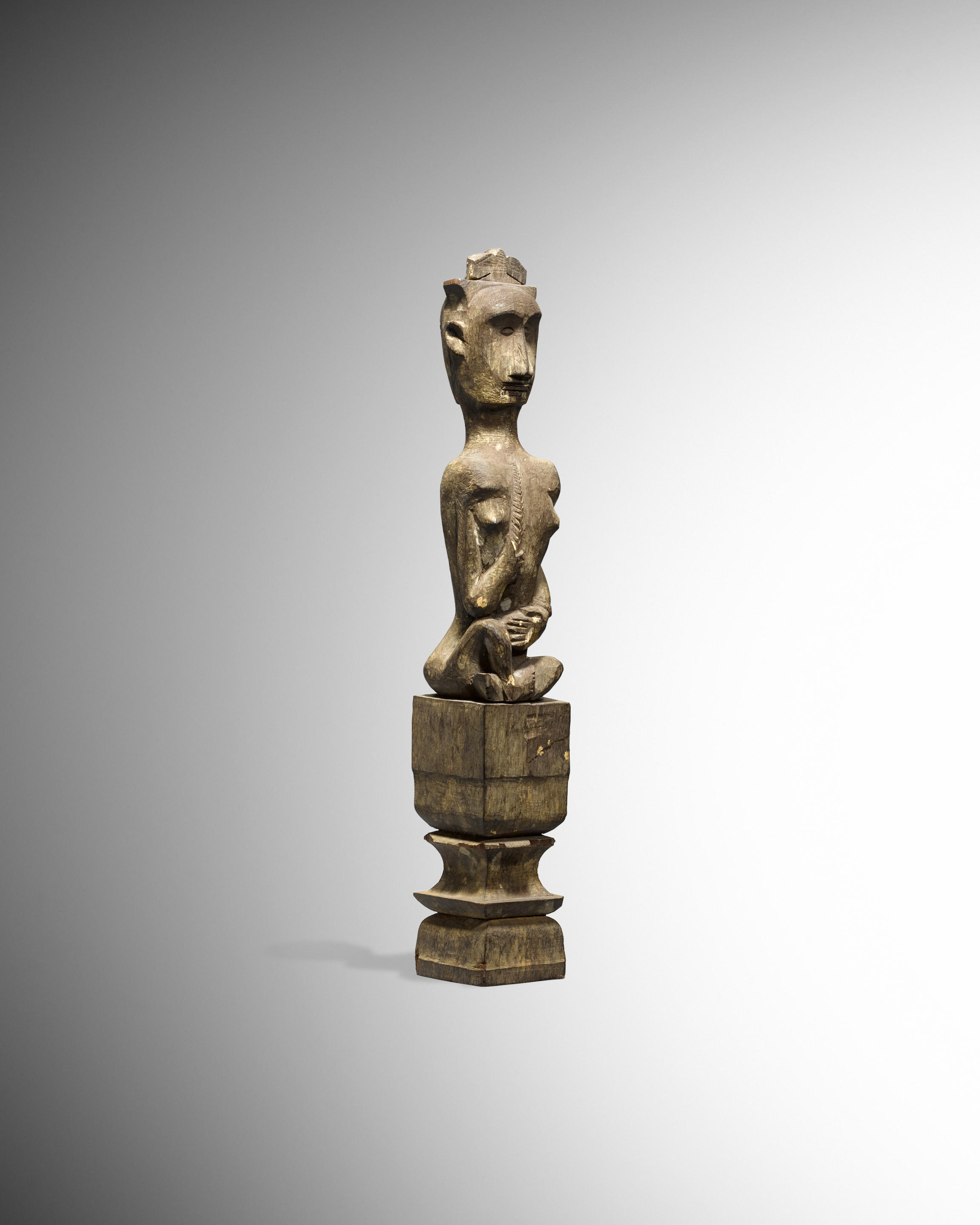


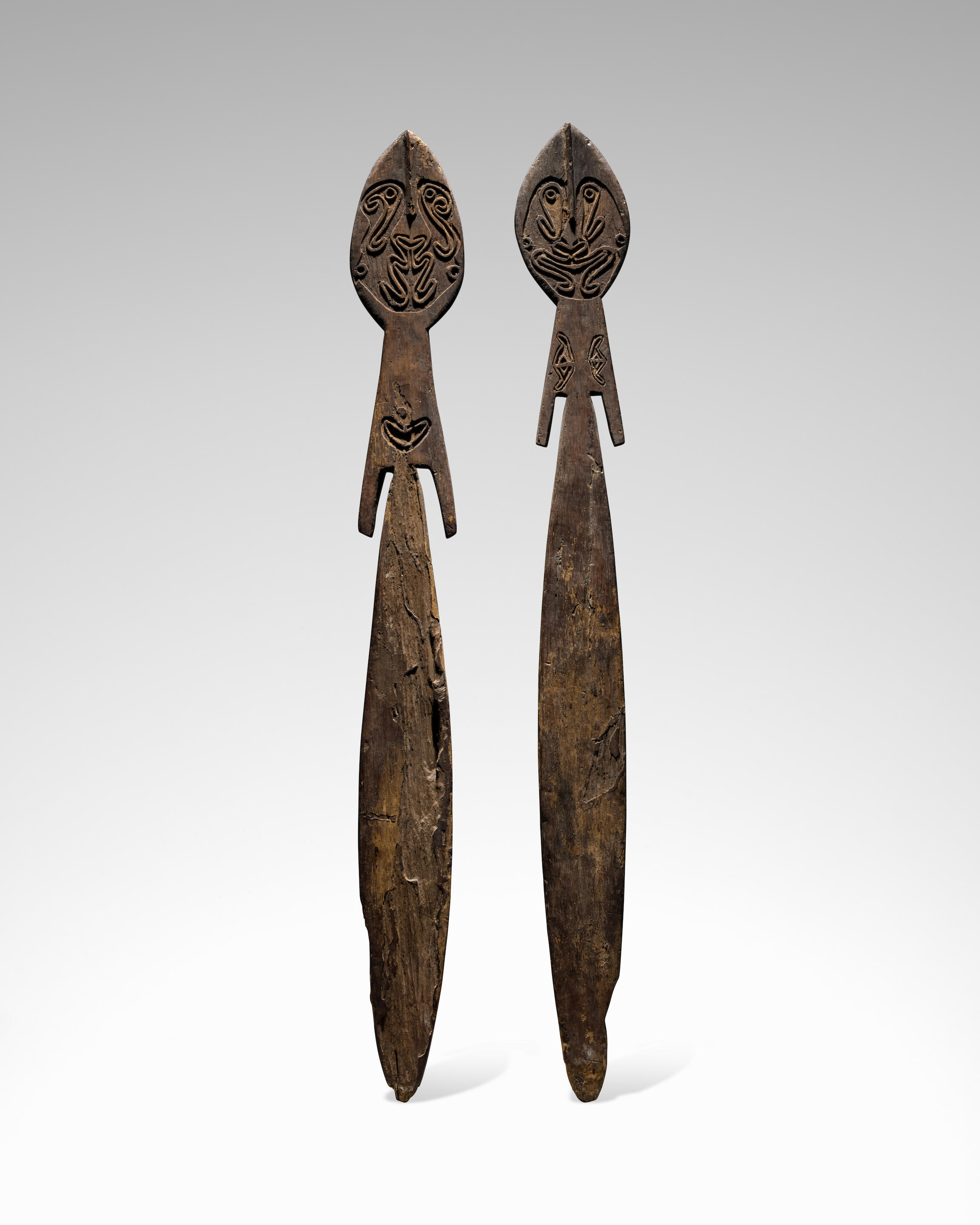

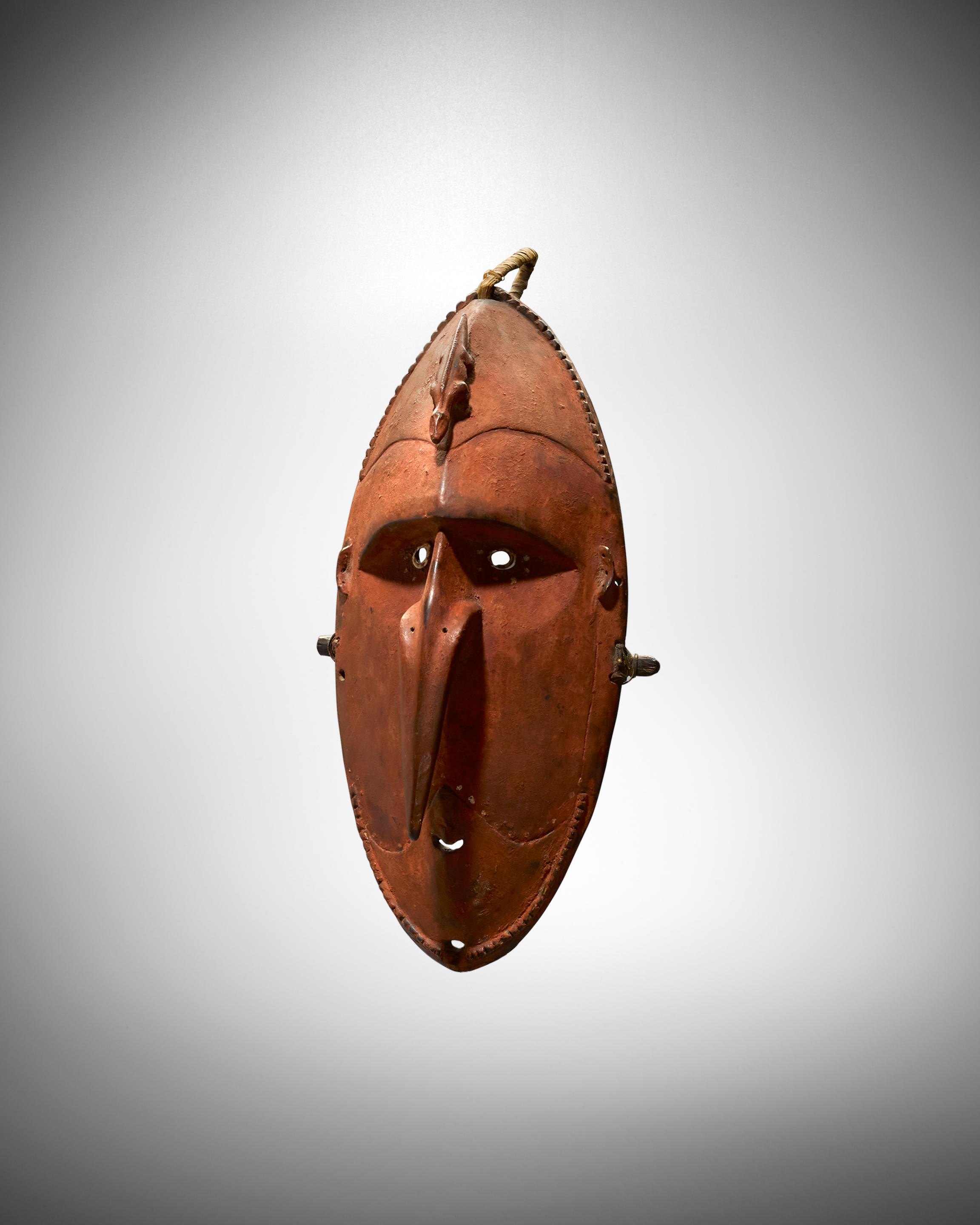

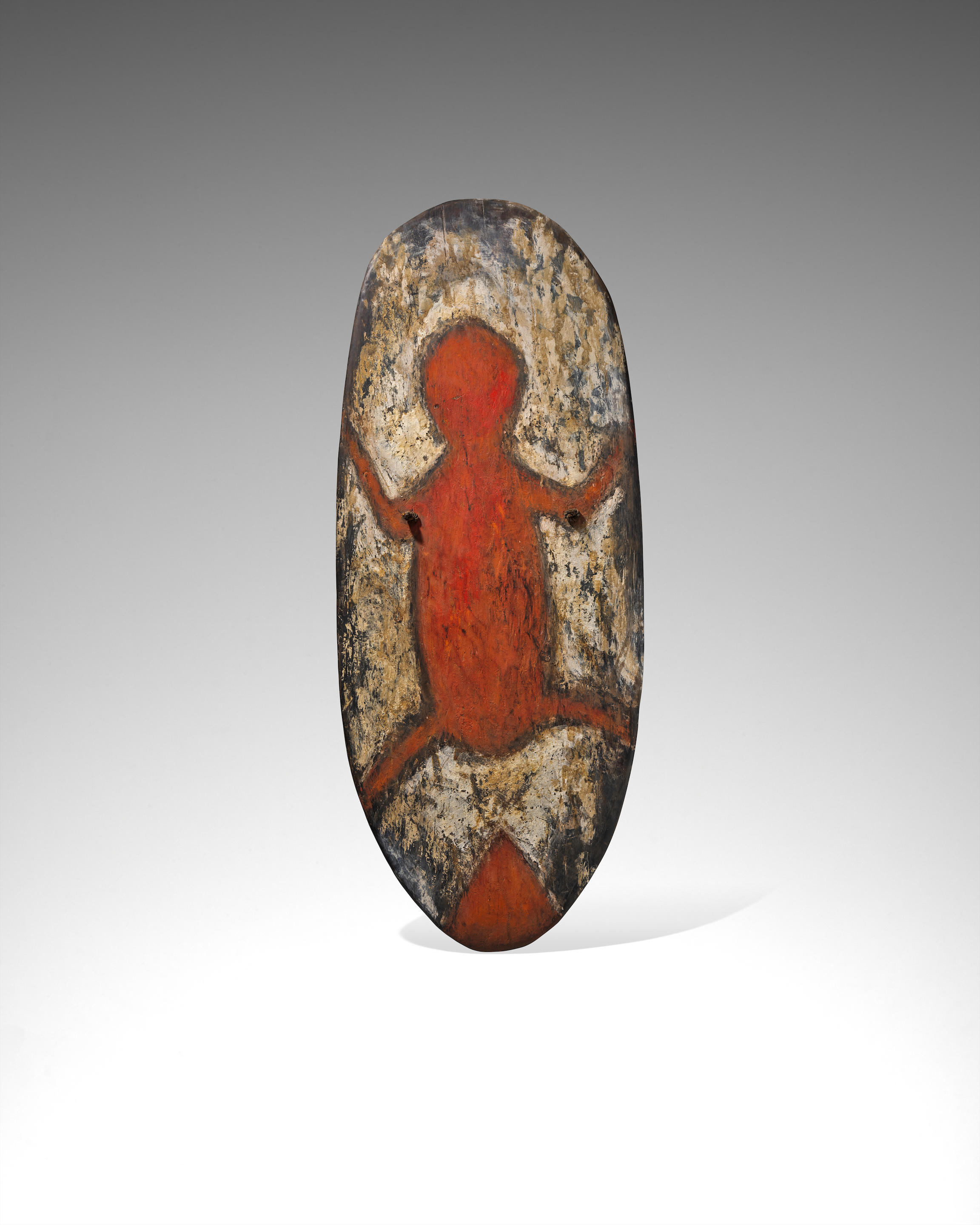
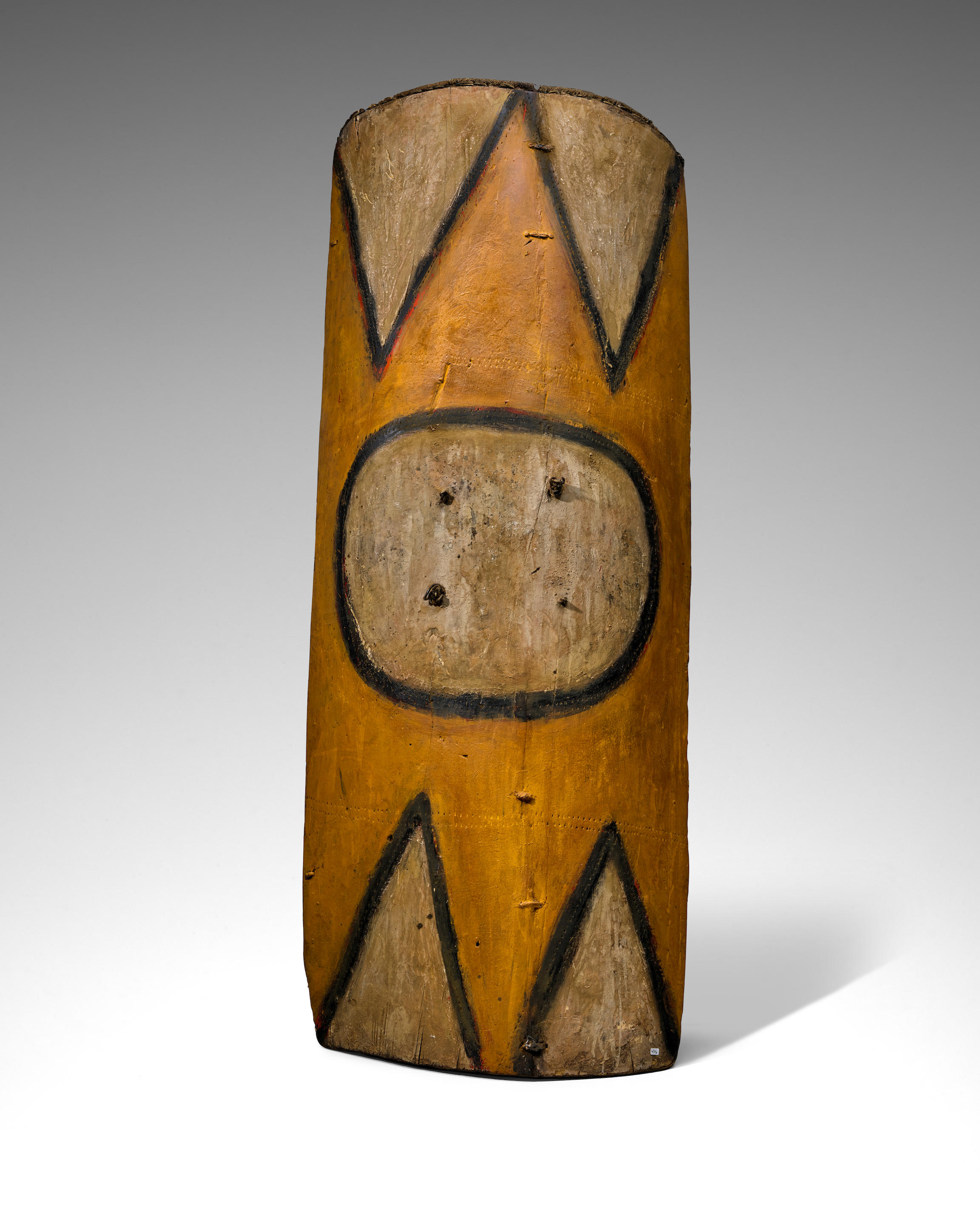
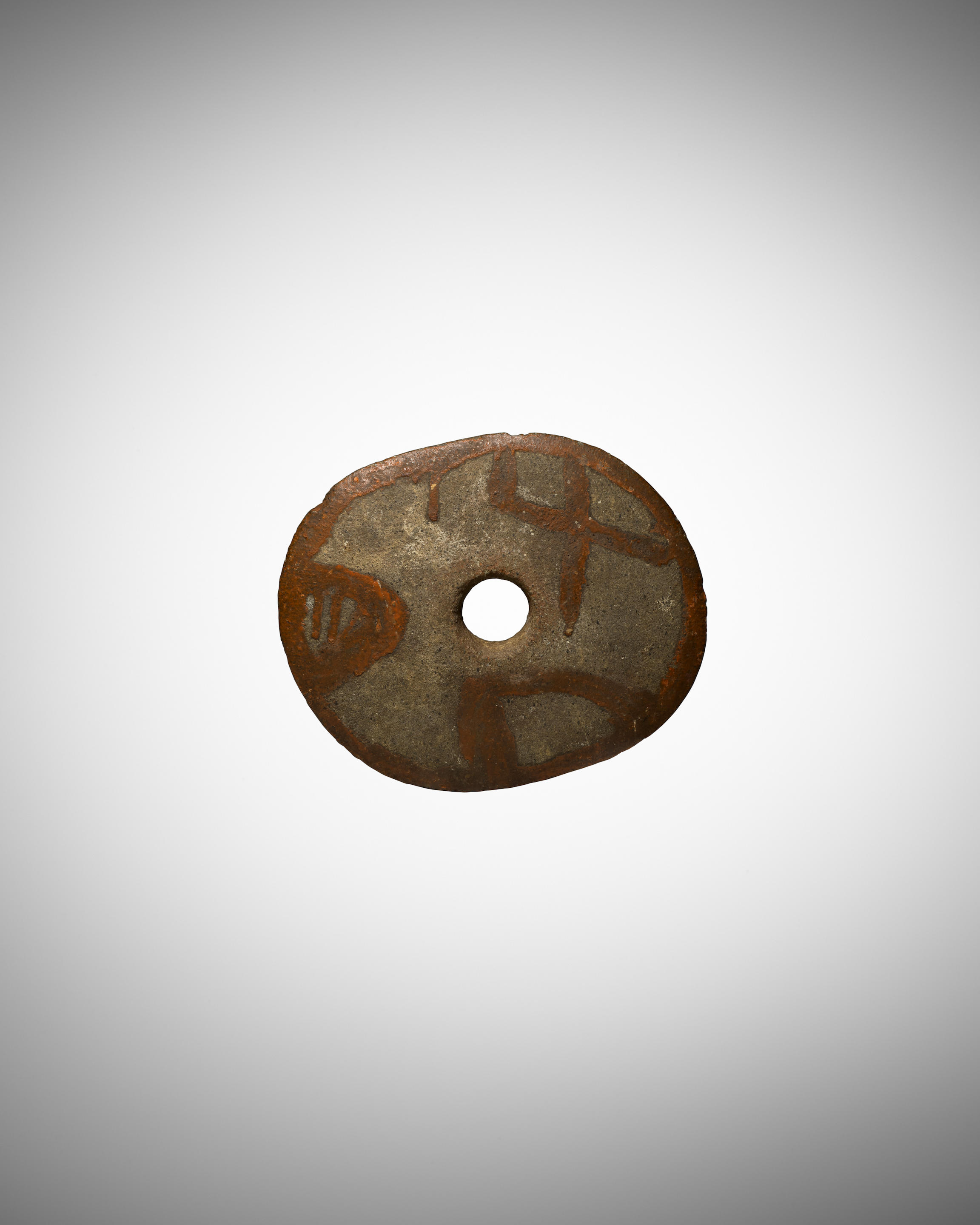
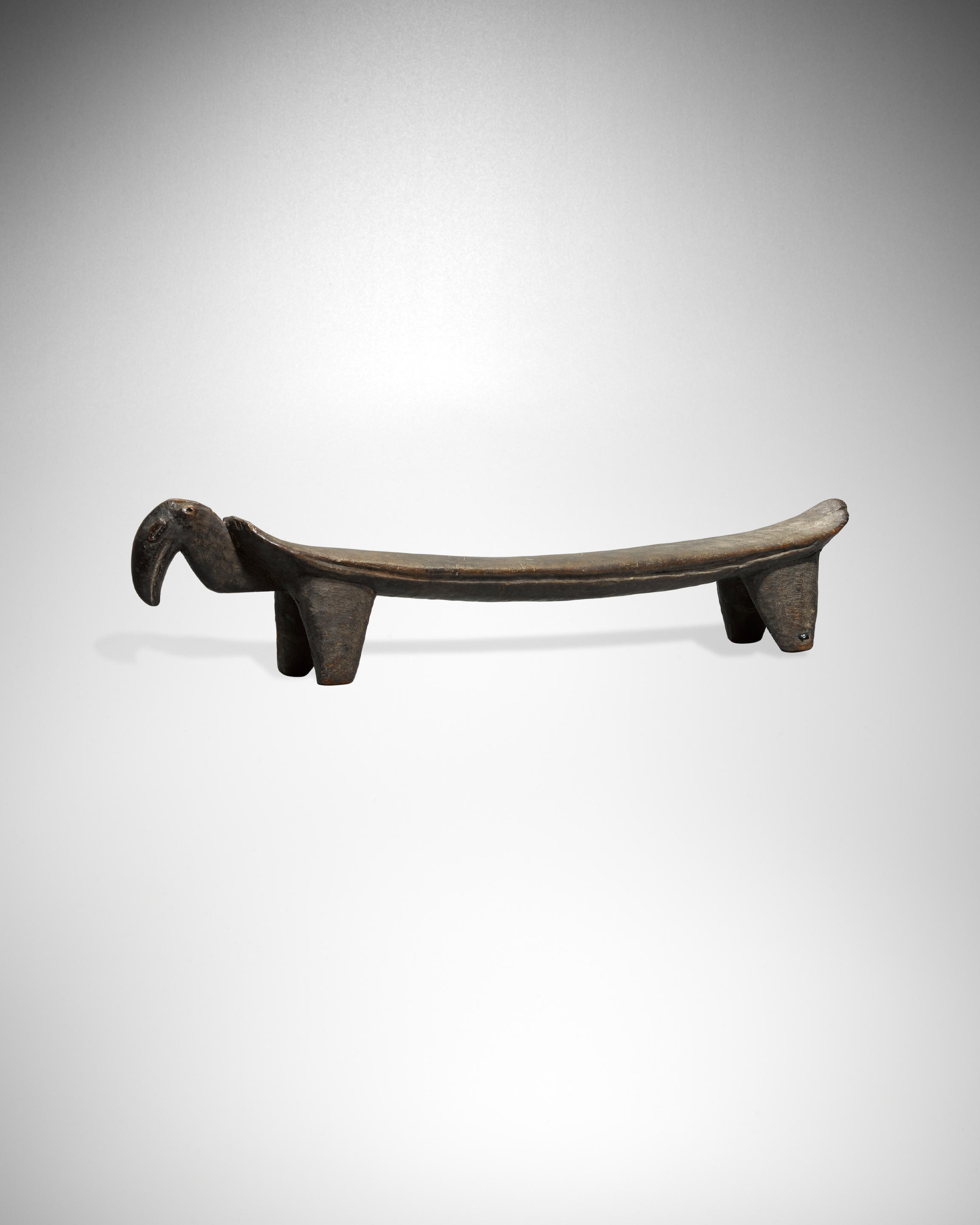
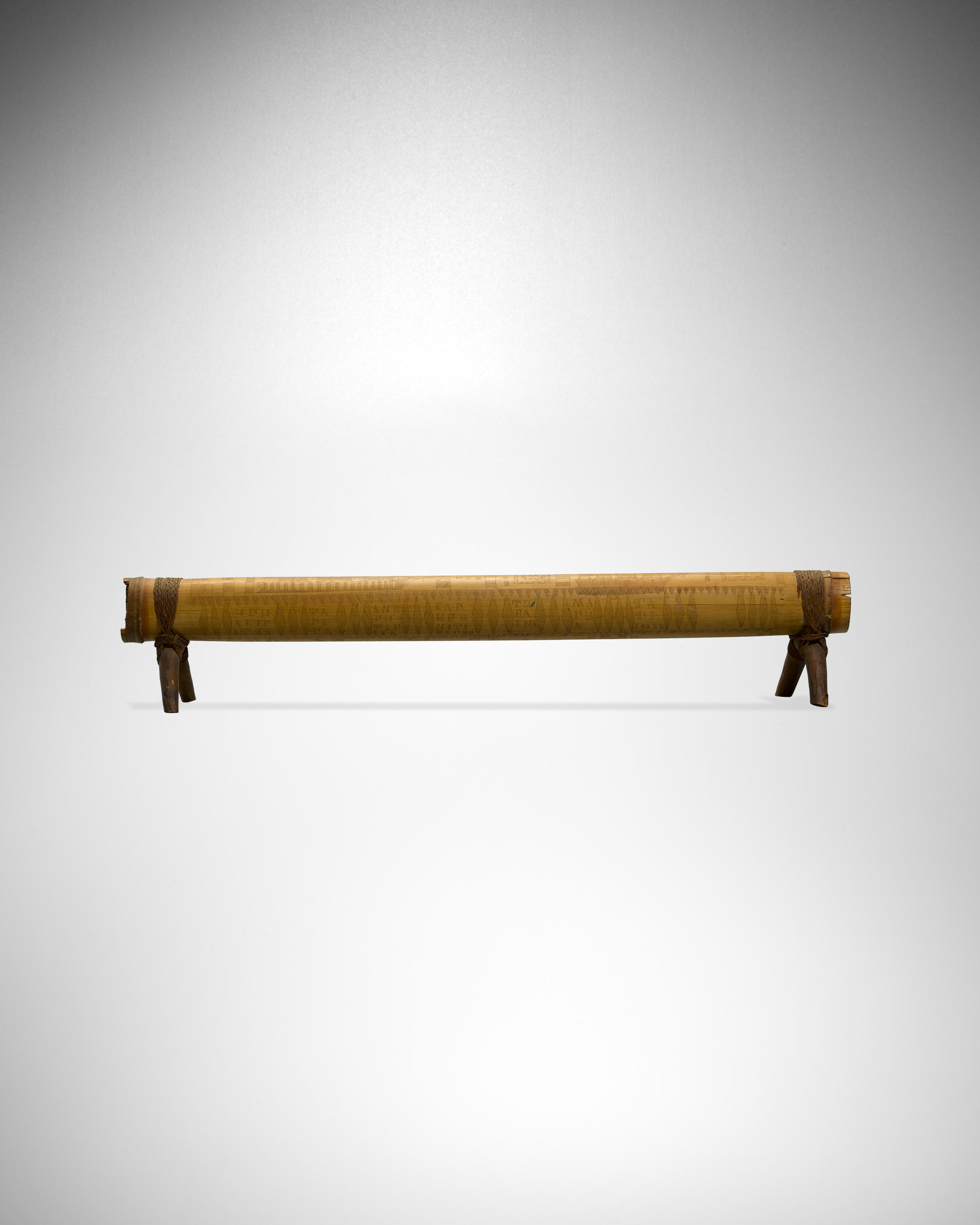
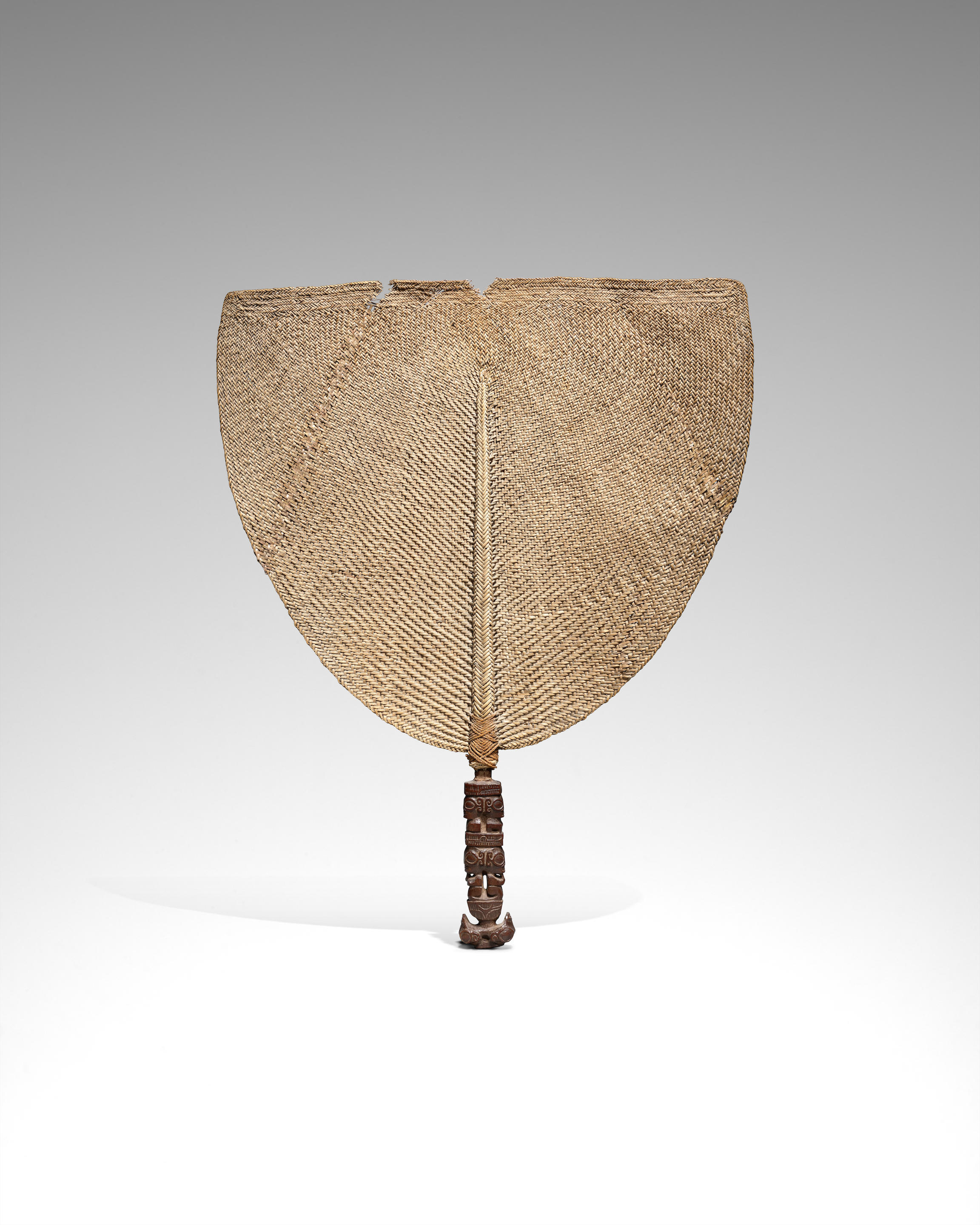
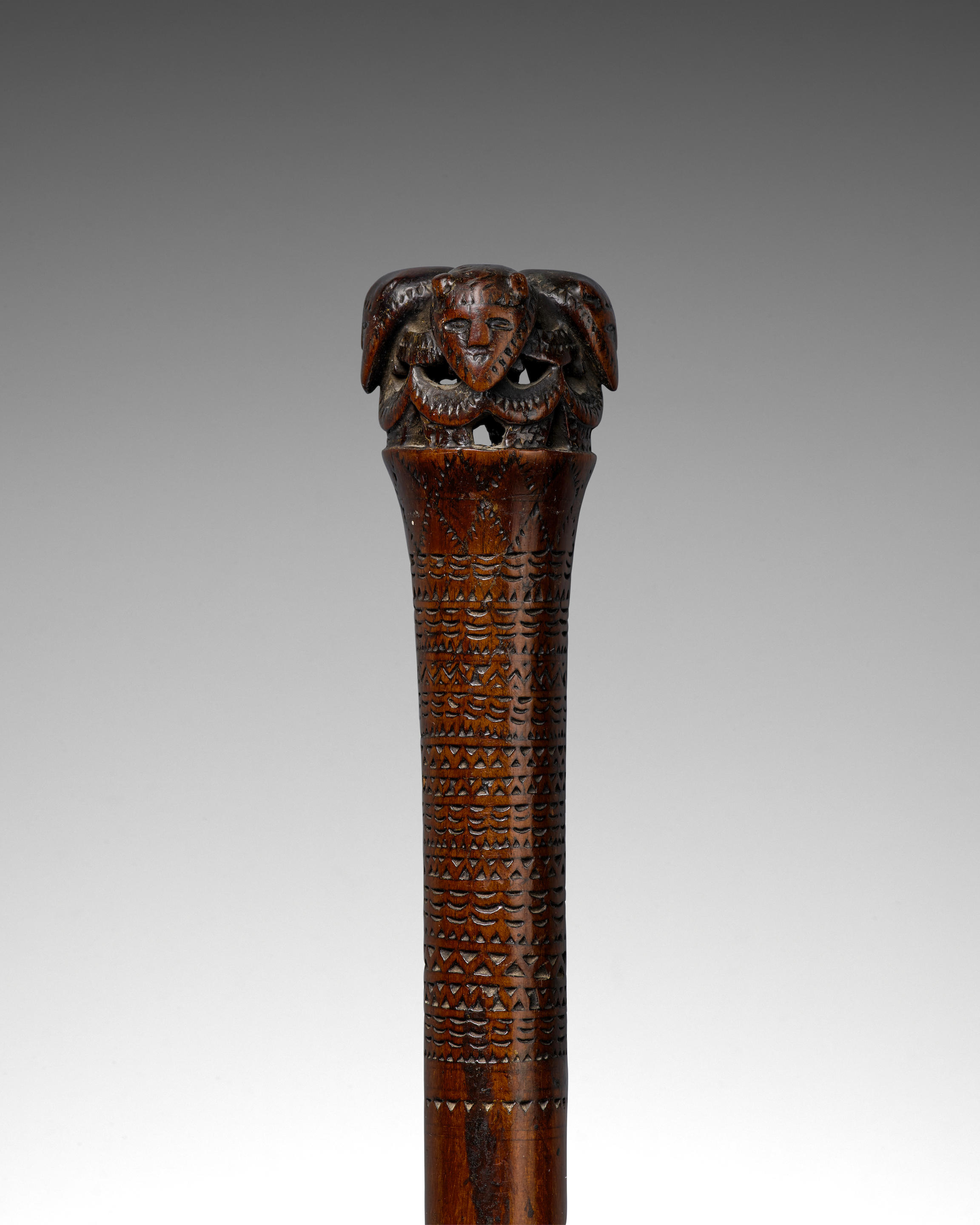
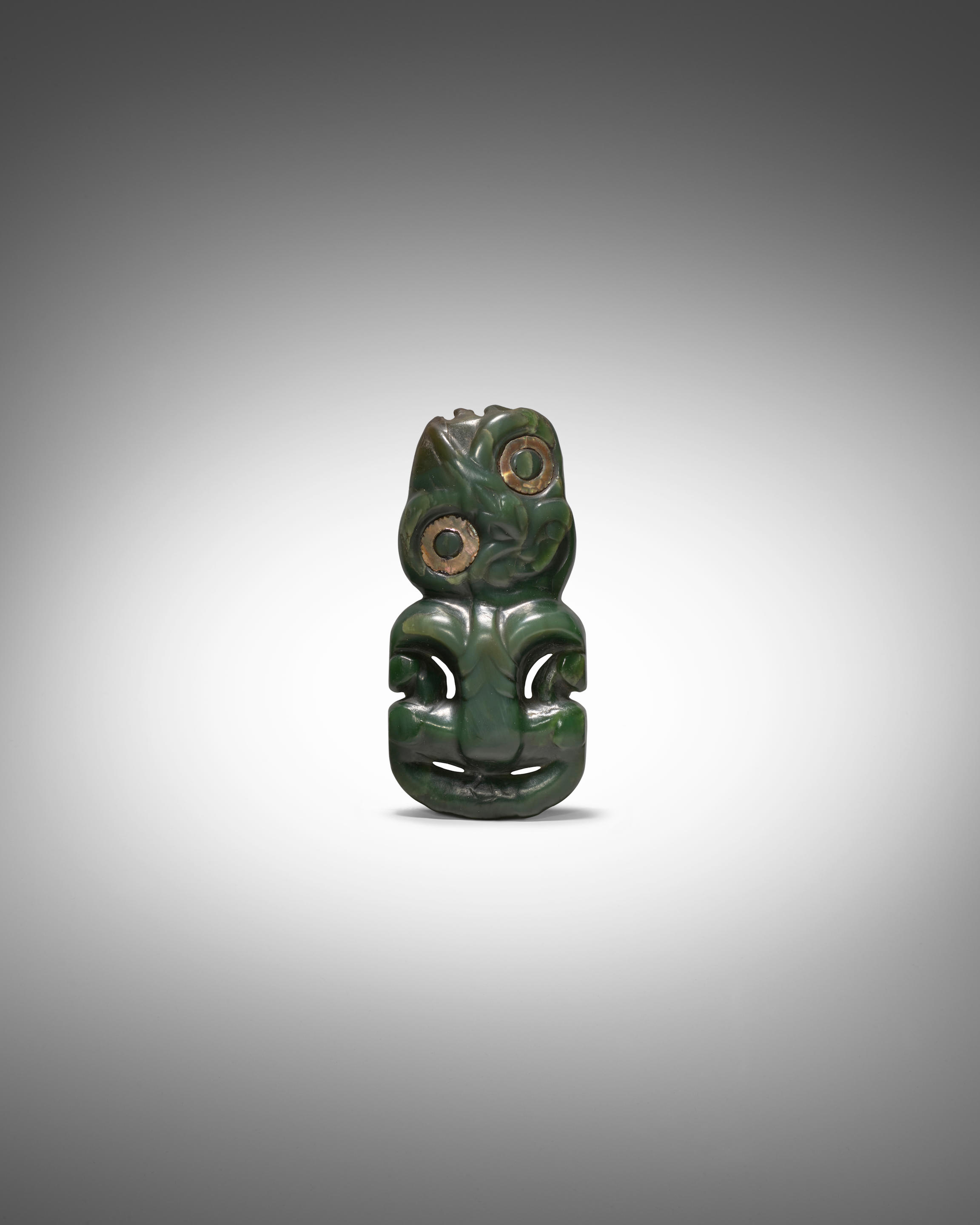
Testen Sie LotSearch und seine Premium-Features 7 Tage - ohne Kosten!
Lassen Sie sich automatisch über neue Objekte in kommenden Auktionen benachrichtigen.
Suchauftrag anlegen